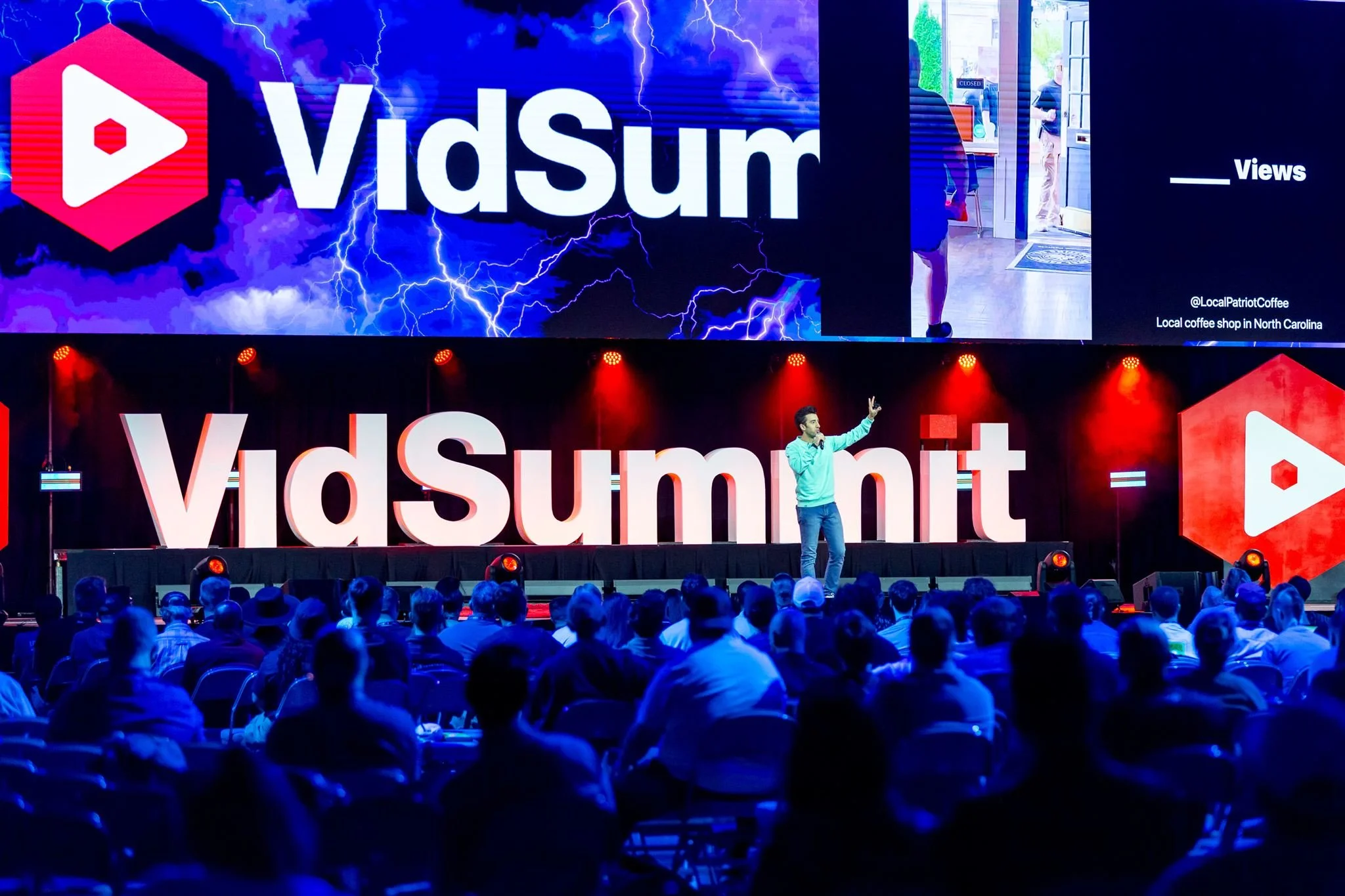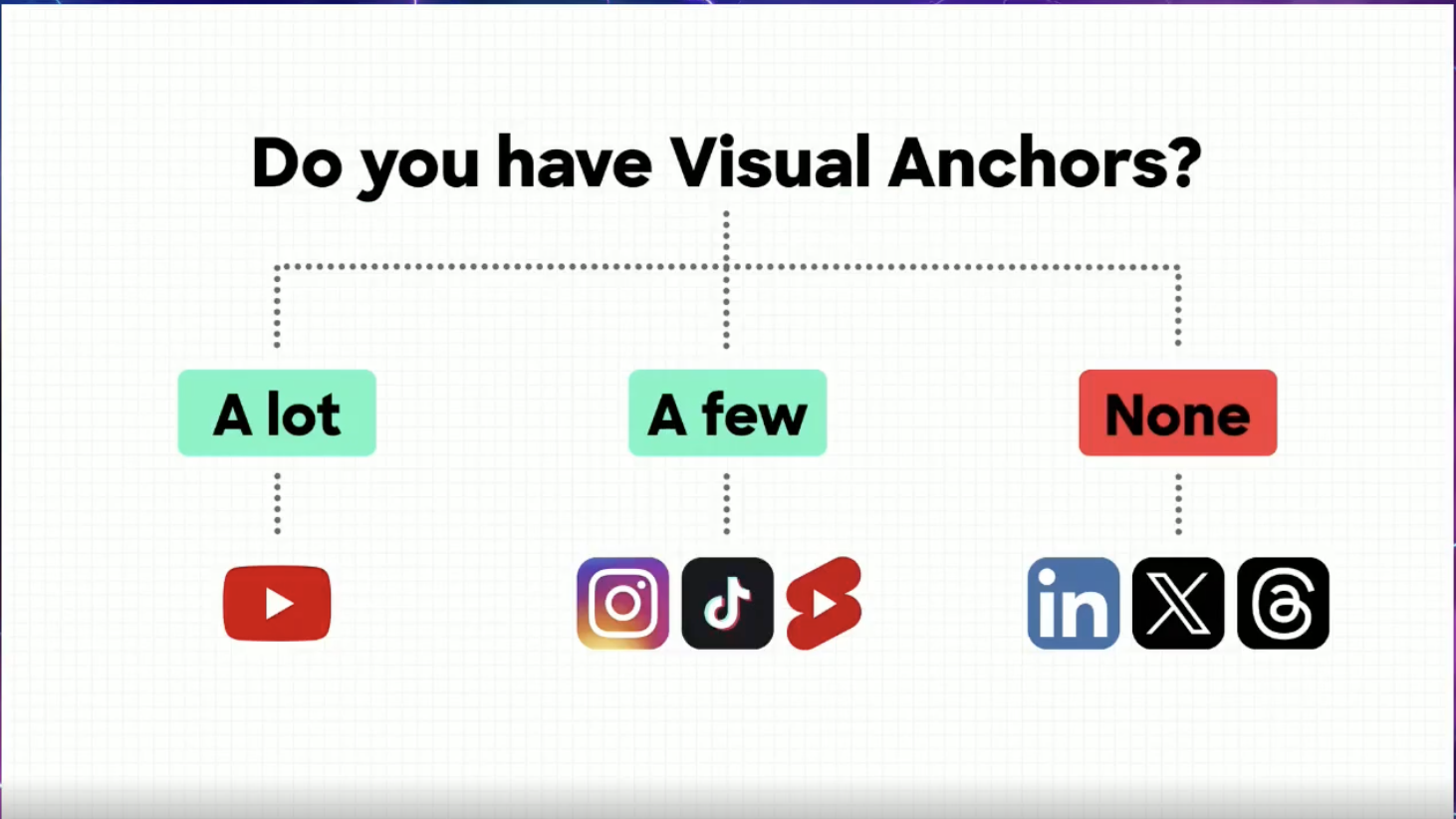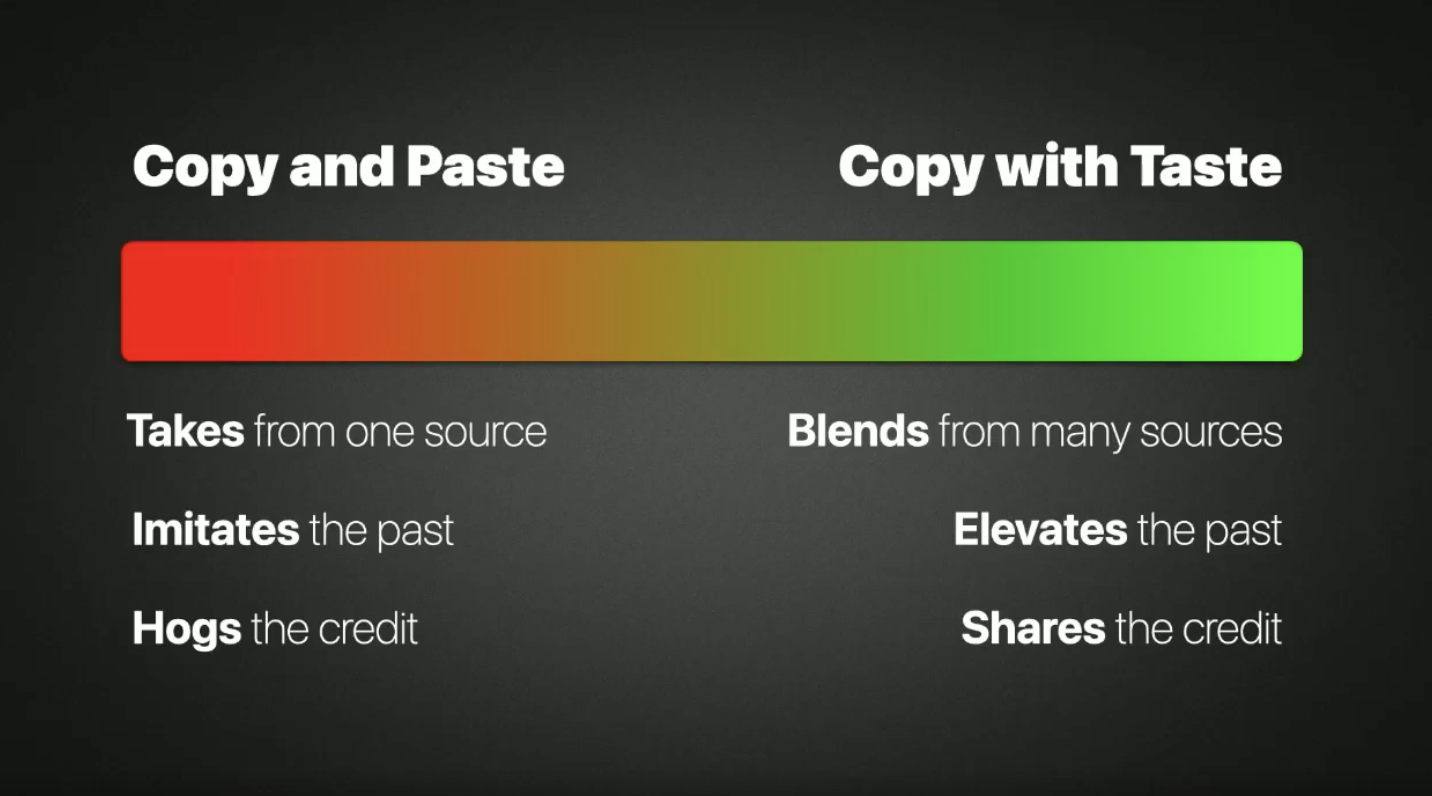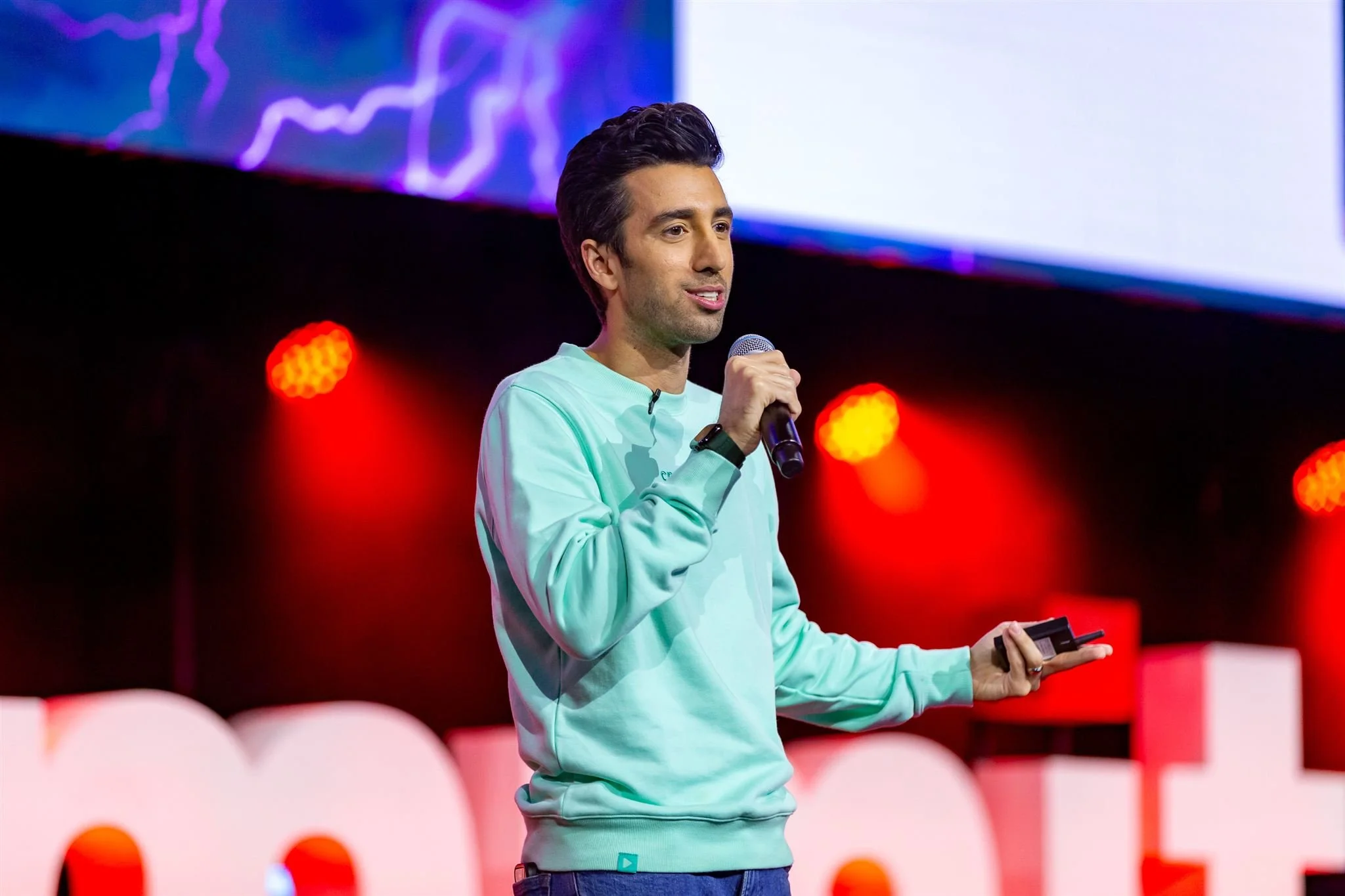In a packed room at VidSummit 2025, Jon Youshaei – former YouTube and Instagram insider turned creator – shared insights that had everyone frantically taking notes. With 600K+ subscribers and 300M+ views in his first year, his transformation from platform employee to successful creator offers a unique perspective on what really works on YouTube.
"I always save my best stuff for VidSummit because I feel like you guys are one of the smartest crowds I get to speak to," Jon opened, setting the stage for a masterclass in YouTube strategy. "You guys know your stuff and you want that 201, not that 101 stuff that you already know."
The Power of One Word
The first breakthrough came when Jon shared a conversation with Airrack, a creator with 17 million subscribers. "If you can't explain your brand in one word, you're already done for," Airrack had told him. "It's already over."
Finding Your North Star Word
This isn't just about picking any word – it's about finding the one that will guide every content decision you make. Airrack’s word is "mischief," and it serves as a powerful filter for his content. "Will people be laughing at the end, or will people be like, 'Ugh, I just saw like the underbelly of society'?" he asks of every video idea.
Jon demonstrated how different creators approach the same topic through their defining word:
- Mr. Beast (Spectacle): "Most Expensive vs. Least Expensive Island"
- Ryan Trahan (Quirky): "World's Loneliest Island"
- Airrack (Mischief): "I Snuck onto a Billionaire's Private Island"
For Jon's own channel, focused on creator masterclasses, the guiding question became: "Does this interview feel like a career masterclass or kind of gossip hour?"
This clarity led to a Netflix collaboration that generated 1 million views by staying true to his educational focus rather than following the typical entertainment interview format.
Visual Anchors: Choosing Your Platform
Perhaps the most practical insight came from Jon's discussion of visual anchors, borrowing wisdom from documentary creator Johnny Harris: "There are a million good stories that should be reported on. Only 900 should be told in videos."
The Napkin Test
Jon shared what he calls "the napkin test," inspired by creator Cleo Abram. When explaining your idea to a friend, do you:
1. Draw anything on a napkin?
2. Pull out your phone to show a photo?
3. Point to things while saying "this" or "that"?
"If you did any of these three things," Jon explained, "congratulations – you have a visual anchor."
This simple test helps determine where content belongs:
- Multiple visual anchors → YouTube long-form
- Few visual anchors → Short-form content
- No visual anchors → Written platforms (X, LinkedIn, etc.)
First Frame Revolution
"Fix your first frame," Jon emphasized, sharing his evolution in street interview content. He showed his progression from verbose introductions to a simple, powerful opening showing two photos: "Who are these two people?"
The result?
Immediate context and higher engagement.
Casey Neistat's influence emerged here too, with Jon sharing Casey's preference for physical props over digital graphics: "I think that's definitely more interesting than sort of an optic text you type into Premier."
The Art of Trend Adaptation
Using Beyoncé as a case study, Jon revealed how successful creators "copy with taste" rather than simply copying and pasting. He showed clips of Beyoncé drawing inspiration from a range of sources, from 1969 choreography to street dances from Mozambique.
"She consciously fills what she calls from memory," Jon explained. "I saw this YouTube clip maybe about a year ago, and I held onto that, locked it away in my memory bank, and I said, okay, for my next project, when I do a tens, that's how I wanna do."
The Mozart Principle
Jon concluded with perhaps his most powerful insight, comparing content creation to Mozart's prolific output. "Despite living half the age of his peers, he created six times more compositions," Jon noted.
The lesson?
Being prolific matters more than being perfect.
He shared his own early struggles with perfectionism: "My desktop looked like this," showing a screen filled with "final_final_v1" through "final_final_v24" versions of the same video. "Perfectionism is just procrastination in disguise."
Action Steps for Creators
1. Define Your Word
- Write down potential words that define your content
- Test them against your existing successful content
- Use it as a filter for future ideas
2. Apply the Napkin Test
- Record yourself explaining video ideas to friends
- Note when you need visual aids
- Choose your platform accordingly
3. Optimize First Frames
- Make content immediately understandable
- Consider physical props over digital graphics
- Test with sound off
4. Build Your Inspiration Bank
- Actively collect references across platforms
- Note how others adapt trends
- Find ways to "copy with taste"
5. Embrace Imperfection
- Set upload goals over perfection goals
- Track quantity alongside quality
- Learn from each upload
"The only thing worse than something that's imperfect in your eyes," Jon concluded, "is something that doesn't exist."
This masterclass revealed that success on YouTube isn't about gaming an algorithm or finding shortcuts – it's about understanding fundamental principles of content creation and having the courage to execute consistently.
As Jon showed through his own journey from platform insider to successful creator, the code isn't really about cracking algorithms – it's about mastering the basics while maintaining your unique voice.
*What's your one word? Share it in the comments below and let us know how it shapes your content decisions.*









